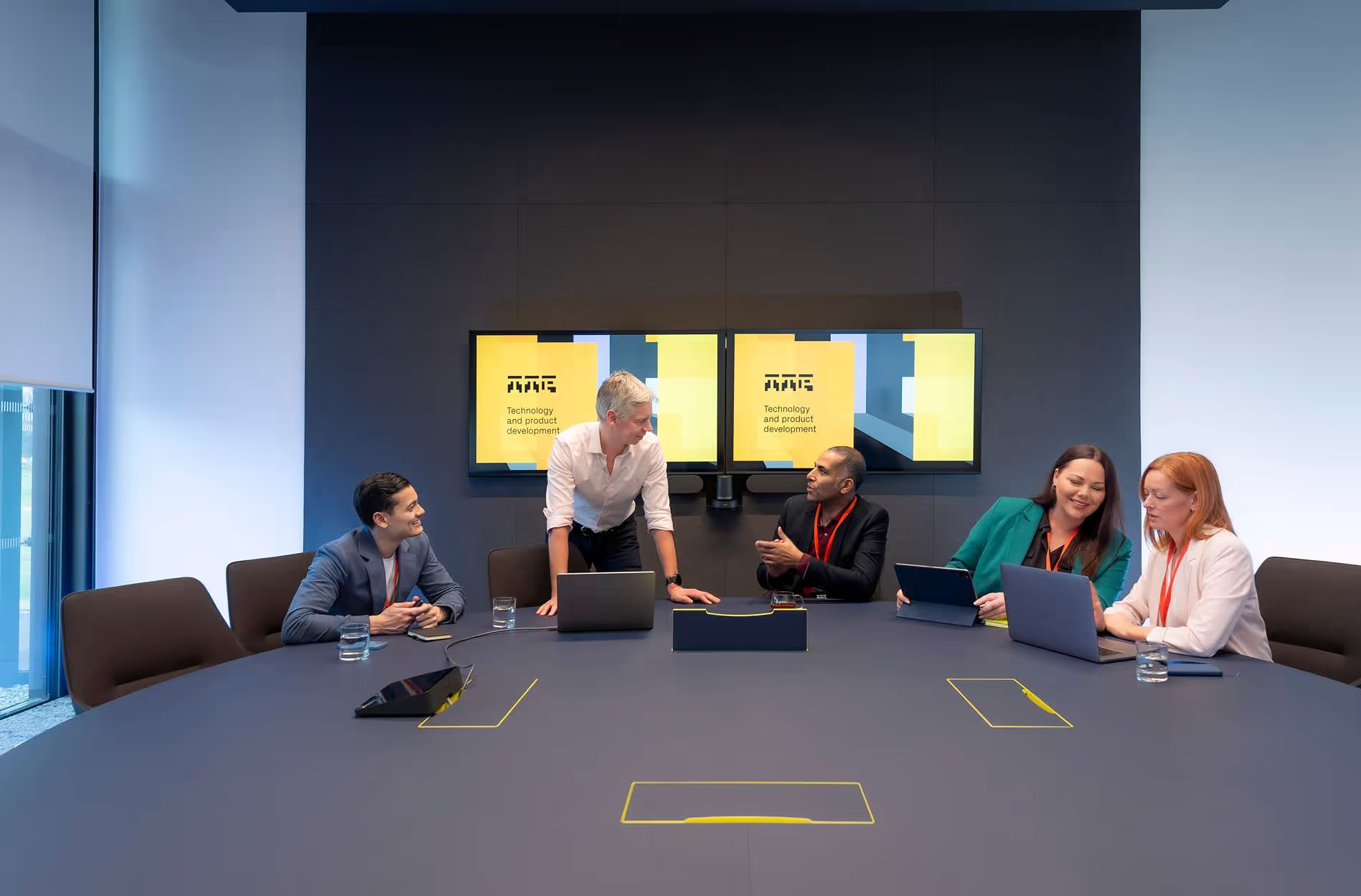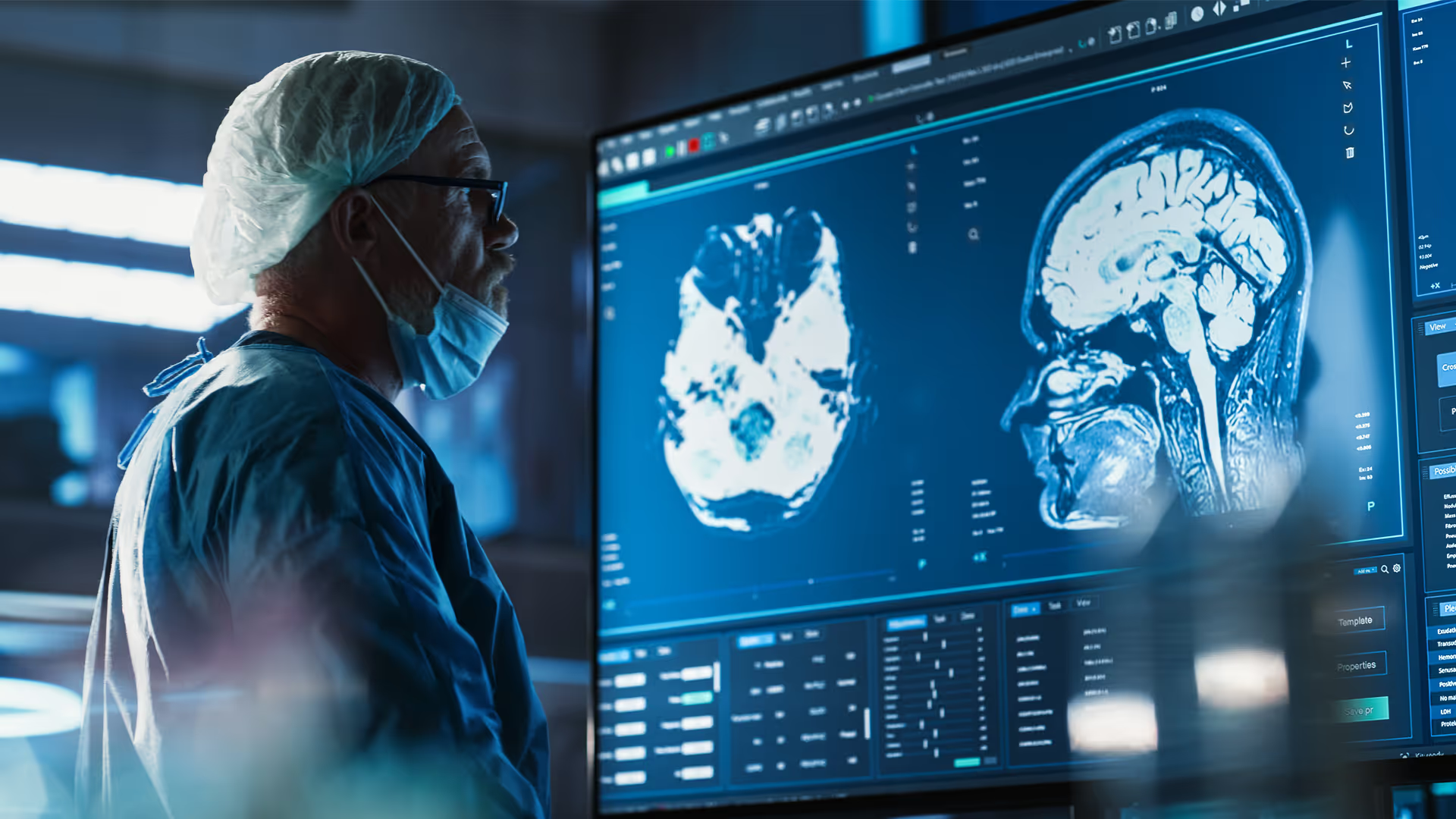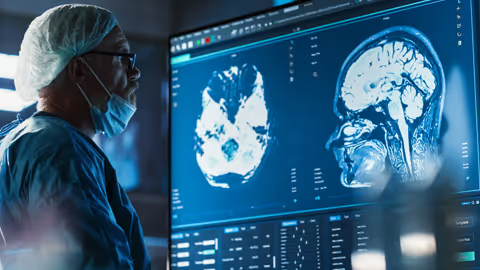Approached with a challenging timeline for a novel Deep Brain Stimulation (DBS) system, we worked dynamically to bring together an inter-disciplinary team to realise the system ahead of human clinical trials.
Context
A startup approached us with the headline requirements for a novel Deep Brain Stimulation (DBS) system and a challenging timeline to reach human clinical trials.
Solution
TTP’s multi-disciplinary neurotechnology team simultaneously developed multiple components of our client’s DBS system, all while managing requirements and development under its ISO13485 quality system. Within the required timeframe, TTP experts also ran patient user studies to validate designs usability and developed automated equipment for testing the electronic control system.
Result
A novel implant architecture in class-leading form-factor with fully tested electronic control system and looks-like handling models for the external components – all developed at TTP – enabled our client to meet their acquisition milestones and progress their DBS system towards first-in-human clinical trials.
Miniaturised deep brain stimulation (DBS) system development
Neuromodulation makes possible urgently needed therapies for many conditions that can’t be treated by other means, from pain management to neurological disorders to cardiovascular conditions.
Recognising the growing importance of this branch of medicine, TTP maintains a team versed in all aspects of neurotechnology and Active Implantable Medical Device (AIMD) development.
We could therefore take on our clients’ challenge at short notice.
During the 18-month engagement:
- TTP took responsibility for the development of the implantable, the wearable and handheld parts of the system. By running development programmes in parallel, we were able to generate form factor designs significantly faster than under a sequential R&D approach.
- We worked with the client and with manufacturing partners to develop a wireless charging system and miniaturized the Implantable Pulse Generator (IPG) electronics in a novel form factor.
- Software for different components was developed in-house under TTP’s Quality Management System to ISO62304 standards whilst maintaining an agile approach to respond to the evolving requirements of the hardware development.
- The external user interfaces and physical device interactions and the Graphical User Interface (GUI) were designed and validated with real patient populations by our human factors experts to reduce use errors and increase adherence to therapy.
- Once we had developed concepts for external components, our engineering teams followed up with detailed mechanical designs for injection-moulded components and electrical assembly steps.
By the end of the engagement, we had developed a novel implant architecture in class-leading form factor with fully tested electronic control system for the client’s DBS system.

TTP ran a successful handover of all hardware components, including the automated test system, to our client. Regulated software development continued at TTP while our client recruited the required competencies.
TTP’s solid progress and achievement of the startup’s acquisition milestones within the target timeframe meant our client was able to hire 50 additional R&D team members and continue the development towards clinical trial (expected Q1 2025).
To accelerate the development of our novel neuromodulation system, we wanted to find a partner we could work with dynamically and not just a black box output that some suppliers offered. TTP were able to bring a large team of electronics, mechanical, RF and human factors engineers together to help us realise the system in rapid time ahead of human clinical trials. From patient interviews and mechanical design to power circuits and regulated firmware, TTP delivered high quality outputs that guided the design of the implant, wearable and companion device.
Senior Director of Engineering
Neurotech Startup
About TTP's Neurotechnology team
From proof-of-concept studies to manufacturing scale-up, TTP's dedicated neurotechnology consulting services can help you rapidly engineer advanced neuromodulation solutions, guiding you every step of the way. With our multidisciplinary team of engineers, scientists and human factors designers, you can hit the ground running. Combining deep expertise with a proven track record in end-to-end product development, we will help you create technologies and devices that push the limits of what's possible in neurotechnology. Find out how our neurotechnology product development team can help you start strong and finish ahead.
TTP's Neurotechnology team is part of a broader MedTech team. Learn more about TTP's approach to medical device design and development and our medical device consulting services.










